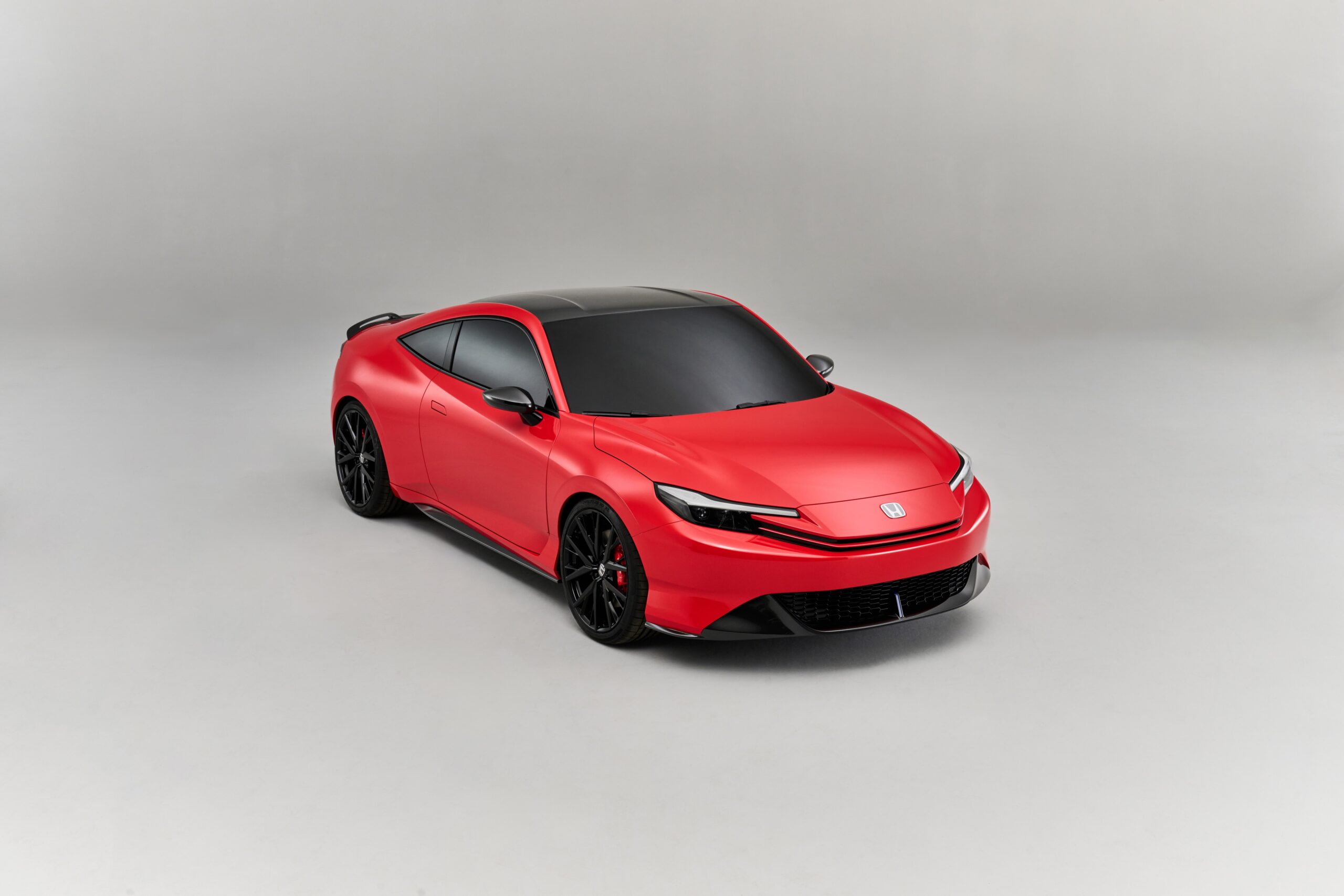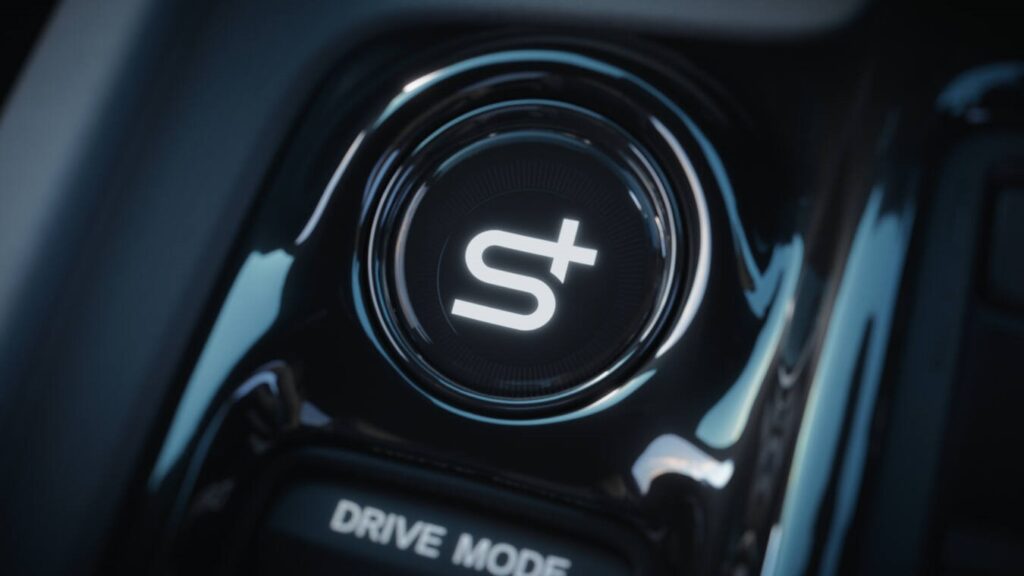

Here’s How The 2026 Honda Prelude Will Be Exciting Despite The Hybrid Powertrain
Despite debuting as a hybrid, the 2026 Honda Prelude will feature exciting new tech, making it more driver-focused
Japanese automakers have been reviving iconic nameplates from their past for some time now. Nissan was first with the R35 GT-R, back in 2007, and within a few years, others like Toyota and Honda joined the fray. Toyota did the same with its 86 and later GR86, which was then followed by the Supra. Now, Toyota is following up with the Celica and MR-2 among other iconic names. Honda too has been reviving old nameplates and we know the Honda Prelude is the next Japanese sports car to be revived.
It’s coming in 2026 and it’s going to be a hybrid. While this would put off some die-hard enthusiasts, Honda has infused the revived Prelude with some interesting tech that would make it more interesting for car enthusiasts. The 2023 Honda Prelude hybrid Concept gave us a good idea of what the car would be like, but the production variant of the Honda sports car will differ in a few key aspects.
The 2026 Honda Prelude will feature all-wheel drive

We know the new Honda Prelude will be an FHEV. It will feature a drivetrain layout similar to the 2025 Honda Civic e:HEV. However, thanks to a Japanese YouTuber who got to drive the Prelude prototype, we discovered one major difference. The new Honda Prelude hybrid will feature a rear e-axle, at least in some variants (there might be a few). This means that the four-cylinder engine will power the front wheels while the e-motor will power the rear, making this the first all-wheel-drive Honda Prelude in the model’s history.
The new Honda Prelude will be more potent than you think

The 2023 Honda Prelude Concept featured a 2.0-litre, normally-aspirated inline-four combined with an e-motor for a total system output of 204 horsepower. This doesn’t sound like a lot, but there are two reasons why the Prelude will be quicker than you think. A similar powertrain setup, albeit without all-wheel drive, is featured in the Civic e:HEV where it develops the same power.
What we know is that the internal combustion engine, alone, develops 141 horsepower and 182 Nm. The electric motor develops 181 horsepower and 315 Nm. The combined power is “only” 204 horsepower because the two ICE and e-motor do not develop peak power at the same time and because some of the engine power goes to recharging the 1.05-kWh Lithium-ion battery.
We also know that the 2025 Honda Civic e:HEV sprints from 0 to 100 km/h in around 6.7 seconds, so a Prelude with a similar setup, but with the e-motor positioned at the rear axle is expected to be around 0.5 seconds quicker. According to the video material from Honda’s workshop, the Prelude will also have a variant with a 1.5-litre engine. While not yet confirmed, Honda could bring out a Prelude Type-S at a later point.
The 2026 Prelude will use NSX shift strategy

By far, the most disappointing aspect of the 2026 Honda Prelude will be the CVT. That said, Honda engineers have devised a brilliant way to make it engaging. Honda Prelude will feature a drive mode, defined by a Sport shift strategy, which adopted the Acura NSX shift logic. It is activated through a button labelled “S+”. When activated, the engine revs go up and fixed gear ratios come into play.
Those emulated gears can be changed manually through paddle shifters and according to the test driver, they can be felt. Essentially, the Sport shift strategy takes the best of CVT and traditional automatics, by retaining high revs, but still “shifting gears” in a very responsive manner, just like a modern-day traditional automatic. The 2026 Honda Prelude is certainly shaping up to be one of the most highly-anticipated Japanese sports cars. What are your thoughts on the upcoming Honda Prelude? We, for once, hope Honda makes a Type-S variant like in the old days.
Add a comment Cancel reply
Categories
- Aftermarket Modifications (2)
- American Cars (1)
- American Muscle Cars (1)
- Auto Detailing (1)
- Car News (7)
- Car Reviews (1)
- Classic Cars (4)
- EV (1)
- Hybrid vehicles (1)
- JDM Cars (5)
- Motorcycle Accessories (2)
- Motorcycles (3)
- New Cars (9)
- Sports Cars (7)
- Used Cars (4)
- Used Vehicles (4)
- Vehicle Guide (6)
- Vehicle Purchase (6)
Recent Posts
Popular Tags
Related posts


6 Popular Sports Cars For Sale In India That Are Future Classics

8 Luxury Sports Cars From The 2000s That Could Become Future Classic Cars

The 16 Most Fuel-Efficient Sports Car You Can Buy
About us
Follow us
Cars by state
- Used cars in Andhra Pradesh
- Used cars in Arunachal Pradesh
- Used cars in Assam
- Used cars in Bihar
- Used cars in Chandigarh
- Used cars in Chhattisgarh
- Used cars in Dadra and Nagar Haveli
- Used cars in Delhi
- Used cars in Goa
- Used cars in Gujarat
- Used cars in Haryana
- Used cars in Himachal Praddesh
- Used cars in Himachal Pradesh
- Used cars in Jammu and Kashmir
- Used cars in Jharkhand
- Used cars in Karnataka
- Used cars in Kerala
- Used cars in Madhya Pradesh
- Used cars in Maharashtra
- Used cars in Manipur
- Used cars in Meghalaya
- Used cars in Mizoram
- Used cars in Nagaland
- Used cars in Odisha
- Used cars in Puducherry
- Used cars in Punjab
- Used cars in Rajasthan
- Used cars in Tamil Nadu
- Used cars in Telangana
- Used cars in Tripura
- Used cars in Uttar Pradesh
- Used cars in Uttarakhand
- Used cars in West Bengal
- Used cars in Andaman and Nicobar Islands







